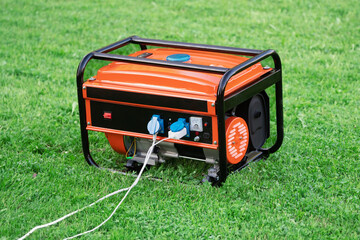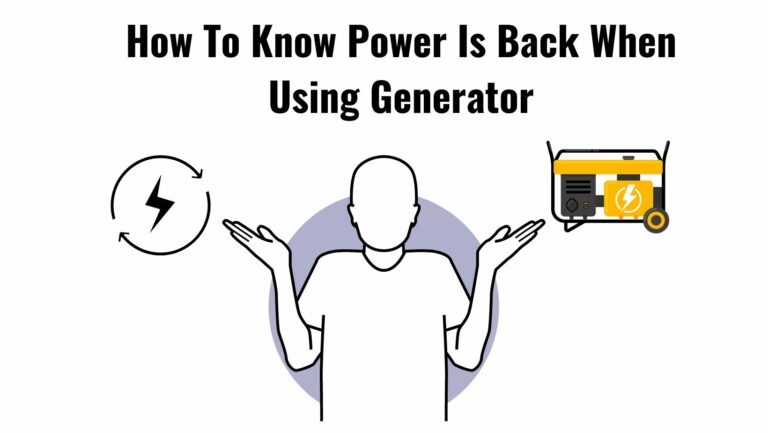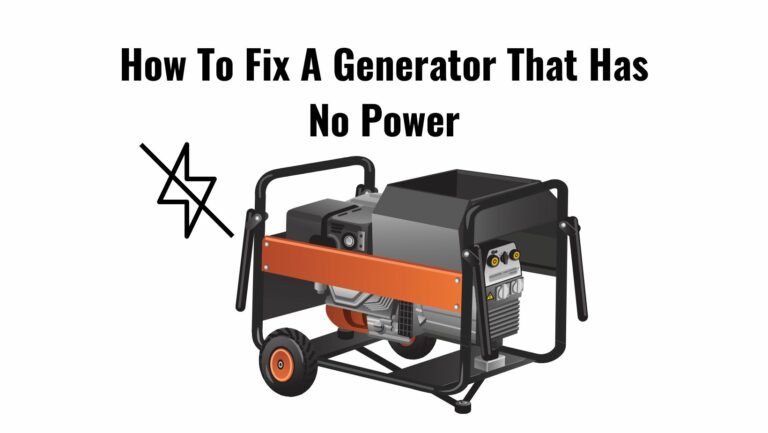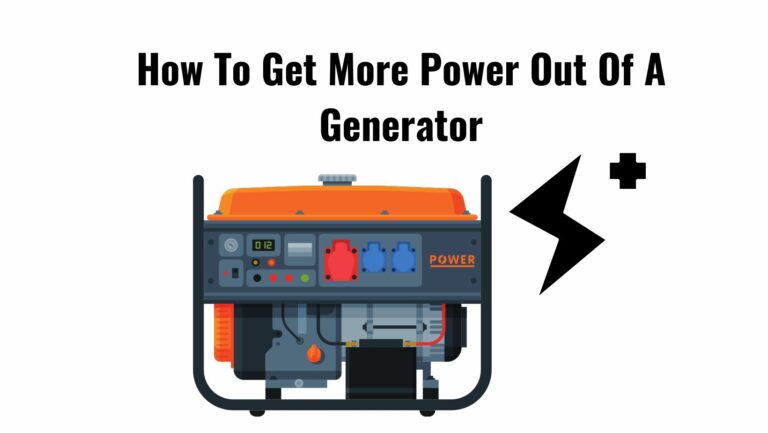
In a power outage, it’s essential to have a backup plan in place to keep essential appliances and systems running. This is where a generator power transfer switch comes into play.
This electrical component connects a backup generator to the main electrical system, allowing for a seamless power transfer during an outage. Installing a generator power transfer switch provides peace of mind and eliminates the need to switch the power source during an emergency manually.
This post will take you through the step-by-step process of wiring a generator power transfer switch, including safety precautions, preparing the generator and transfer switch, connecting to the electrical panel, testing, and maintenance.
By the end of this post, you’ll have a better understanding of the importance of a generator power transfer switch and the steps involved in its installation.
Safety Precautions to be taken before starting the installation process
Working with electrical components can be dangerous, so following all safety instructions is important.
Ignoring safety instructions can result in serious injury or even death, so taking them seriously is crucial. Safety should always be a top priority when working with electrical components.
Before starting the installation process of a generator power transfer switch, it’s important to take the following safety measures:
1. Turn off the main power supply
Before installing the transfer switch, turning off the main power supply to the electrical panel is crucial. This will ensure that no electrical current flows through the panel while you work.
2. Wear protective gear
Always wear protective gear such as rubber gloves and safety glasses to protect yourself from electrical shocks and hazards.
3. Familiarize yourself with the electrical system
Before starting the installation process, ensure a thorough understanding of the electrical system and wiring diagram.
4. Seek professional assistance
If you are unsure about the installation process or have any concerns, it’s best to seek professional assistance from a licensed electrician.
List of tools required for the installation process
The following is a list of tools required for the installation process of a generator power transfer switch:
- Screwdrivers (Phillips and flat-head)
- Wire stripper
- Volt meter
- Cable ties
- Wire nuts
- Terminal connectors
- Drill
- Hole saw
- Level
Steps On How To Prepare the Generator and Transfer Switch
Before installing the transfer switch, it’s important to prepare the generator for the process. The following are the steps involved in preparing the generator:
- Choose a suitable location for the generator: Choose a location for the generator that is close to the transfer switch and has easy access to the electrical panel. It should also be well-ventilated to allow for proper airflow and cooling.
- Install the generator: Place the generator on a level surface and secure it using brackets or bolts.
- Connect the fuel source: Connect the generator to its fuel sources, such as propane or natural gas. Ensure the fuel source is properly secured and the connections are tight.
- Install the battery: Following the manufacturer’s instructions, install the battery for the generator.
Steps to install the transfer switch
Once the generator is prepared, you can start the installation process for the transfer switch. The following are the steps involved:
- Choose a location for the transfer switch: Choose a location for the transfer switch that is close to the generator and the electrical panel.
- Install the transfer switch: Mount the transfer switch to the wall using screws or brackets.
- Connect the generator to the transfer switch: Connect the generator to the transfer switch using the provided wiring.
how to connect the generator to the transfer switch
The generator should be connected to the transfer switch using the provided wiring. The following are the steps involved:
- Connect the black wire from the generator to the black terminal on the transfer switch.
- Connect the white wire from the generator to the white terminal on the transfer switch.
- Connect the generator’s green wire to the transfer switch’s green terminal.
- Secure all the connections using wire nuts and terminal connectors. Make sure the connections are tight and free from any defects.
Connecting the Transfer Switch to the Electrical Panel
Once the generator and transfer switch are prepared, it’s time to connect the transfer switch to the electrical panel. Follow these steps:
- Turn off the main power supply: Before connecting the transfer switch to the electrical panel, make sure to turn off the main power supply to the electrical panel.
- Locate the main breaker: Locate the main breaker in the electrical panel and turn it off.
- Install the generator breaker: Install a generator breaker in the electrical panel. This breaker will be used to control the power from the generator.
- Connect the transfer switch to the electrical panel: Connect the transfer switch to the electrical panel using the provided wiring.
how to connect the transfer switch to the electrical panel
The transfer switch should be connected to the electrical panel using the provided wiring. The following are the steps involved:
- Connect the black wire from the transfer switch to the black terminal on the generator breaker.
- Connect the white wire from the transfer switch to the white terminal on the generator breaker.
- Connect the green wire from the transfer switch to the green terminal on the generator breaker.
- Secure all the connections using wire nuts and terminal connectors. Make sure the connections are tight and free from any defects.
Importance of connecting the transfer switch to the electrical panel
Connecting the transfer switch to the electrical panel is essential in the installation process. This connection allows for seamless power transfer during an outage, ensuring that essential appliances and systems continue to run.
It also eliminates the need to manually switch the power source during an emergency, providing peace of mind and a sense of security.
Testing the Generator and Transfer Switch
After installing the generator and transfer switch, it’s important to test the system to ensure it’s working properly. Follow these steps to test the generator and transfer switch:
- Turn on the generator: Turn it on and allow it to run for a few minutes. Ensure the fuel source is connected and the generator is functioning properly.
- Turn off the main power supply: Turn off the main power supply to the electrical panel.
- Switch to generator power: Use the transfer switch to switch to generator power. This will disconnect the main power supply and connect the generator power to the electrical panel.
- Test essential appliances: Test essential appliances and systems, such as lights, refrigerators, and sump pumps, to ensure they function properly on generator power.
Testing the generator and transfer switch is important to ensure that the system works properly and that essential appliances and systems will continue functioning during an emergency.
It also provides an opportunity to identify and address any issues before an emergency occurs, ensuring peace of mind and a sense of security.
Conclusion
Installing a generator power transfer switch is a smart investment that provides peace of mind and a sense of security during an emergency.
It allows for seamless power transfer during an outage, ensuring that essential appliances, and systems continue running. By following the steps outlined in this guide, you can successfully install and test a generator power transfer switch in your home or business.
Remember that working with electricity can be dangerous, so if you are not comfortable performing the installation, it is recommended to seek the help of a licensed electrician. This will ensure that the installation is done safely and in accordance with local codes and regulations.
With a properly installed and tested generator power transfer switch your essential appliances and systems will continue to function during an emergency, providing you with the peace of mind and security you need.






